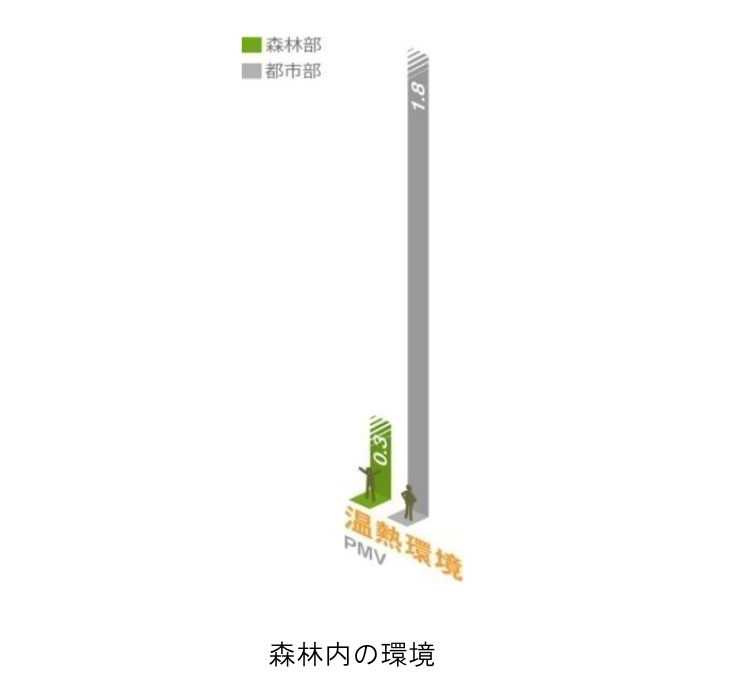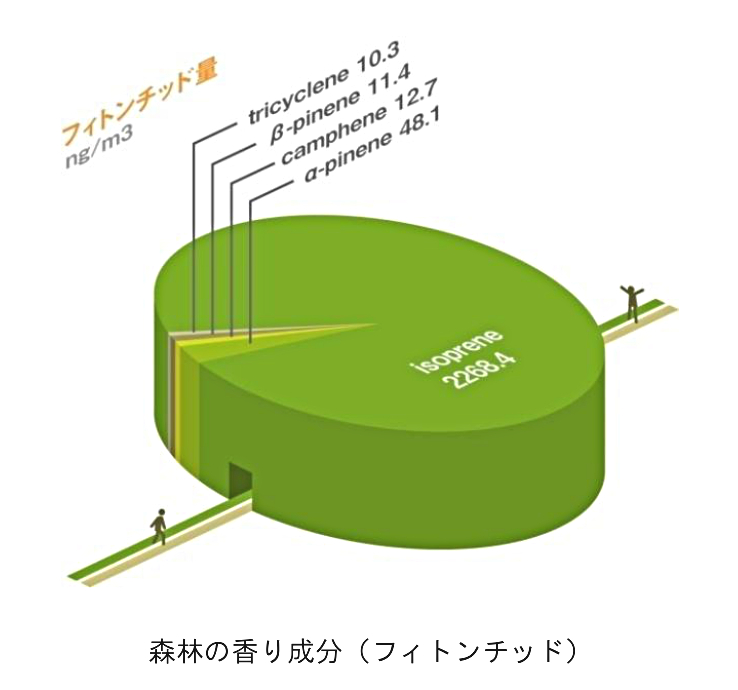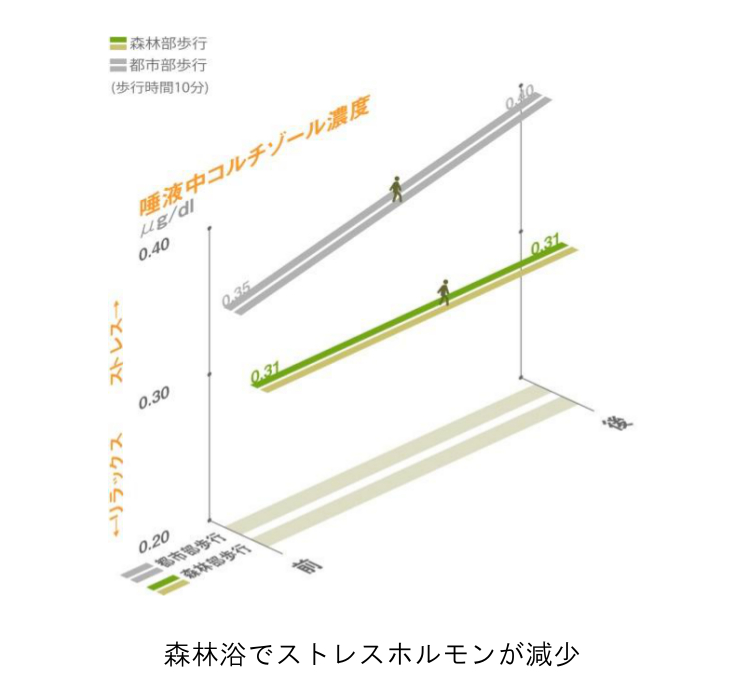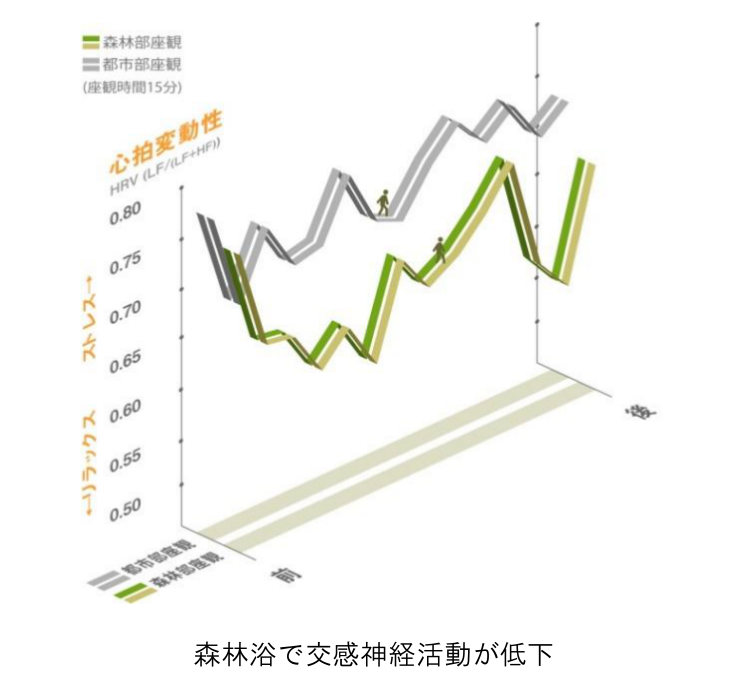Health Benefits
Health Benefits of “Forest Therapy”
- Reduces stress-related hormones
- Increases parasympathetic nerve activity
- Suppresses sympathetic nerve activity
- Decreases the heart contraction phase, diastolic blood pressure and pulse rate
- Relieves tension and elevates mood
- Boosts the immune system with an increase in the count of the body's Natural Killer (NK) cells
- Increases anticancer protein production
- Alleviates stressful conditions such as tension, depression, anger, fatigue, confusion
- Improves a person’s vigor, vitality and enhances their life energy
- Improves subjective symptoms of physical pain
- Improves the mood such as total health and mental health
- Reduces the systolic blood pressure , diastolic blood pressure , and improves the autonomic nervous system such as a decrease in pulse rate
- Improves physical condition through exercise and rehabilitation
Forestry and Forest Products Research Institute, Center for Environment Health and Field Sciences Chiba University, The Medical Association of Nippon Medical School, The society of Forest Medicine within the Japanese society for Hygiene.
The Results Obtained in the Experiments
Physiology, psychology and physical experiments executed in urban and forest environments indicate that the average concentration of “Stress Hormones“ called salivary cortisol, in participants exposed to forest environments was lower than that of participants of the urban environment control group.
In addition, measurements of the heart rate “Yuragi“ showed lower sympathetic nervous activity which is a consequence of reduced stress, and an increase in parasympathetic nervous activity which is a result of slowed activity of the prefrontal cortex.
The experiments also indicated that a three-day/two-night forest bathing trip boosted the immune system demonstrated by an increase in the body's Natural Killer (NK) cell’s count.
Measurements of the environmental temperature, humidity, radiant heat, wind speed, layers of clothing and active mass. When comparing the PVM of the urban environment with that of the forest, the forest environment had a higher comfort zone than the urban environment. This indicated that being in a forest is more comfortable, influenced by temperature, humidity, wind and radiant heat.

Measure of chemical substances (phytoncide) such as Alpha-Pinene that plants release. Regarding chemical substances of phytoncide which trees emit, Isoprene was the most commonly detected in “Forest Therapy Roads” and also Alpha-Pinene, Camphene and Beta-Pinene were detected.

Using the POMS questionnaire to measure a person’s mood (tension and anxiety, vigor) etc. The urban and forest environment comparison experiment indicated that the level of “tension”and “fatigue” decreased and “vigour” increased in participants after session of “Forest Bathing”.






Forestry and Forest Products Research Institute, Center for Environment Health and Field Sciences Chiba University, The Medical Association of Nippon Medical School The society of Forest Medicine.
Above figures are experiment results conducted at “Forest Therapy Base” at IIyama, Nagano. For more information, please visit the The society of Forest Medicine within the Japanese society for Hygiene.